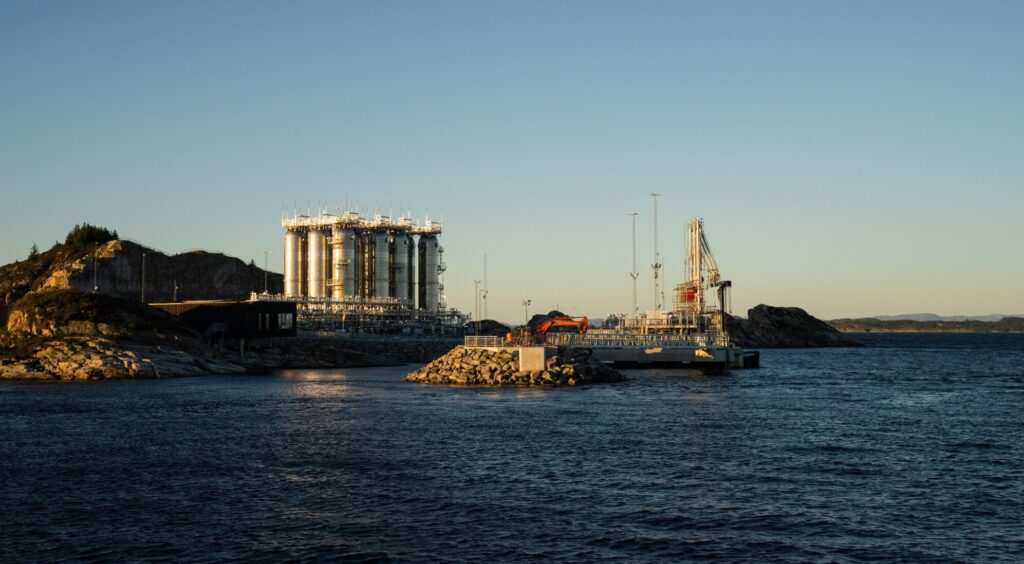
The first-ever audited account of the actual amounts of CO₂ stored underground by Carbon Capture and Storage (CCS) projects globally has been released, marking a significant milestone in the fight against climate change. This comprehensive report, created by a new international consortium of scientists and industrial partners including the Norwegian University of Science and Technology (NTNU), provides a detailed overview of the progress made in CCS technology.
The inaugural annual report by the London Register of Subsurface CO₂ Storage reveals that over 383 million tons of carbon dioxide have been stored since 1996. This is equivalent to the emissions produced by 81,044,946 gasoline-powered cars driven for one year. The majority of this storage has occurred in the United States, China, Brazil, Australia, and the Middle East, with continued growth projected for 2024–25.
CCS: A Proven Technology for Carbon Management
“The central message from our report is that CCS works, demonstrating a proven capability and accelerating momentum for geologic storage of CO₂,” said Professor Samuel Krevor, Director of the Register and Professor of Subsurface Carbon Storage in the Department of Earth Science and Engineering at Imperial College London.
Professor Krevor emphasized that industrial-scale carbon management is already a reality, capable of safely sequestering CO₂ deep underground. This process is crucial for decarbonizing industries that are difficult to transition to renewable energy, such as iron and steel production.
The report underscores that CCS is not a future concept but a proven, scalable technology that is effectively operating today. As the consortium noted in a press release, the technology is essential for avoiding and removing greenhouse gases from the atmosphere at the scale needed to tackle climate change.
Documenting Progress in Carbon Storage
Philip Ringrose, Professor in Energy Transition Geoscience at NTNU and a member of the consortium, highlighted the importance of documenting actual progress in CCS. “Global carbon storage has seen a 17% annual growth rate since 1996, and by 2023 the storage rate was 45 million tons per annum,” he noted.
Ringrose expressed satisfaction with NTNU’s contribution to the report, which stands as the first-ever audited account of the actual amounts of CO₂ stored underground by CCS projects globally. “Carbon removal and storage clearly need to continue to grow in support of climate action plans—but now we can build on a firm foundation… Carbon in the ground!” he added.
The Mechanism of CCS
CCS technology prevents CO₂ released from industrial processes and power plants from entering the atmosphere by separating it from other gases and injecting it underground, typically at depths of one kilometer or more. Here, it is permanently trapped in geological formations such as depleted oil and gas reservoirs.
This technology is essential for decarbonizing industrial sectors that cannot easily transition to renewable electricity alone. International bodies, including the UN Intergovernmental Panel on Climate Change (IPCC), recognize CCS as a crucial technology for achieving net-zero emissions.
The Evolution of CCS: From Norway to a Global Enterprise
The London Register of Subsurface CO₂ Storage initiative traces the progress of CCS from a single pioneering project in Norway in 1996 to its current status as a global enterprise. The Register’s 2025 Annual Report tracked the annual rates of CO₂ stored underground from operational projects worldwide from 1996 to 2024.
The report compiled public information, such as government databases on greenhouse gas reporting, and surveyed project operators to establish the most comprehensive record of CCS growth and maturation to date. It found that, cumulatively, 383 million tons of CO₂ have been stored underground since 1996.
“There has been much speculation about CCS over the last decades—but here we document the actual progress,” said Philip Ringrose.
Future Prospects and Challenges
The release of this report comes at a critical time as global efforts to combat climate change intensify. The documented success of CCS projects provides a strong foundation for future expansion and innovation in carbon management technologies.
However, challenges remain. The scalability of CCS technology, the financial investments required, and the need for supportive policy frameworks are significant hurdles that must be addressed to maximize the potential of CCS in reducing global carbon emissions.
As the world continues to grapple with the impacts of climate change, the findings of the London Register of Subsurface CO₂ Storage highlight the vital role of CCS in achieving a sustainable, low-carbon future. The report not only documents past achievements but also sets the stage for future advancements in carbon capture and storage technology.






